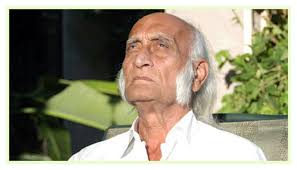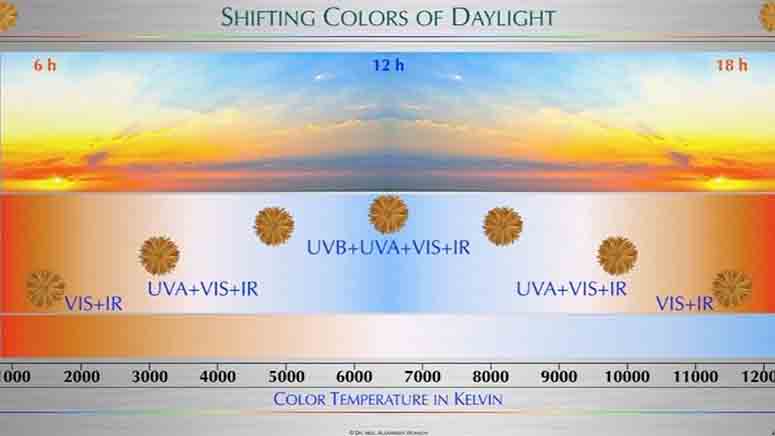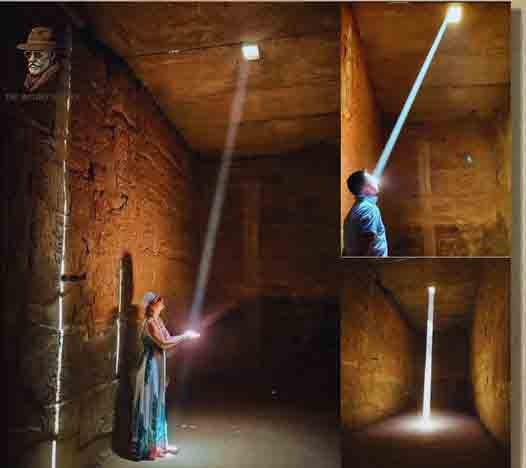When I first got into natural health and holistic healing back in 2003 I quickly learned about the benefits of sungazing. I learned about these people called “Breatharians” who claimed they could live on sunlight. They claimed to never eat food.
If you look them up you’ll also see the term Inedia but essentially it’s the same thing.
It sounded kooky 20 years ago and it still sounds kooky.
The light of God is all they apparently needed. I classified these people as new age, hippy, or just spiritual. Back then I learned how beneficial fasting was to help increase autophagy and to detoxify your system.
Even to this day, I practice sungazing and intermittent fasting but not because of all the consciousness jargon wrapped around it. I’m more of a science guy (even though science itself is a religion).
But…
Back in the 1940s when the book Autobiography of a Yogi came out, the author Paramahansa Yogananda talked about two notable breatharians called Hari Giri Bala and Therese Neumann who claimed they lived entirely on sunshine, prana and life force energy.
Then in more recent years there are characters like Hira Ratan Manek, Jasmuheen ,Wiley Brooks, and even actress Michelle Pfeiffer along with a married couple Akahi Ricardo and Camila Castello.
These people claim they’re spiritually evolved and are able to “eat sunlight” through meditation and spiritual practices.
To me I think it all sounds way far out there and it’s not something I’m interested in. I don’t think the only way to connect with God and find enlightenment is through fasting and “eating the sun”.
Here’s a photo of Hira Ratan Manek below sungazing.

The common thread between new age breatharianism and sun gazing is that the proponents of breatharianism say that sungazing is the main focus of living on sunlight.
I want to make a distinction here that these two are not the same thing. The breatharianism cult hijacked sungazing and brought it into their philosophy. Sungazing should be looked at as something completely different.
There’s actual science and data behind sunlight exposure, there’s no real science behind “eating the sun.” There’s good science behind fasting and I promote fasting on a semi regular basis. There’s science behind sunlight but there’s no science behind the claim that people don’t need to eat and can live on sunlight.
Let’s not get the two conflated.
What Is Sun Gazing?
Sungazing is also known as “solar healing”. It has been practiced in Ayurveda and other cultures for thousands of years. The idea is that you let the rays of the sun hit your naked eyes. By naked I mean no contacts, no reading glasses and no sunglasses.
It’s mostly been a spiritual practice and people will practice some form of mediation while sungazing. People will spend hours outside practicing sungazing. I think that is dangerous and I don’t recommend it.
Sungazing is usually practiced during sunrise or sunset when the color temperature and ultraviolet radiation is lowest.
Here’s a visual representation below of the wavelengths of sun throughout the day.

VIS = visible light (blue, green yellow, orange, red)
IR = infrared light
UVA = ultraviolet A light
UVB = ultraviolet B light
Sleep Benefits of Sungazing
As kooky as the new age hipster make sungazing sound, I’m a huge fan of it (if done right, which I’ll explain below) for scientific reasons. I only practice sungazing during the sunrise and the sunset. If I’m at home when the sun sets I can’t actually watch the sunset because it sets behind a huge hill over our house.
But I’m always outside grounded to the earth with no sunglasses on to “experience” the sunset.
When the sun rises, it has a lot of visual light, infrared light and a little amount of UVA. When these wavelengths of light enter your eyes, they set your circadian rhythm for that day. Setting your circadian rhythm is something that needs to be done on a daily basis, like eating.
Here’s where photons of light go when they come into your eye.
Light photons –> Pupil –> Lens –> Retina –> Photoreceptor cells (Rods and Cones) –> Intrinsically Photosensitive Retinal Ganglion Cells (ipRGCs) –> Optic Nerve –> Suprachiasmatic Nucleus (SCN) in the Hypothalamus –> Pineal Gland –> Melatonin Regulation
Your SCN is the master clock in the body that sends signals to every cell in your body and keeps their timing accurately. There’s constant biphotonic communication happening inside your body at all times.
When you watch the sunrise, it’s like pushing the button on your stopwatch. It starts your diurnal circadian clock. A certain amount of hours must pass (based on season and geolocation) before specific hormones get released and secreted into your blood stream.
Every biological event must happen at the right time and in the right order. Like dominos. You see what would happen if melatonin got secreted into your blood during the middle of the day? What would happen if your cortisol levels (which should be spiking around 4-6am to wake you up) spiked at 9pm?
This is what’s called circadian mismatches.
Your internal timing mechanisms would be all screwed up so you couldn’t sleep.
When you get the correct color of light at the correct time, your body is in alignment with nature and you naturally get tired and fall asleep around the same time each night.
This is why I recommend watching the sunrise every single morning and watch the sunset as well. Like I mentioned, I can’t see the sunset but I know exactly when it happens and always outside for it.
I even set my alarm so I can be outside when it happens. 😉
You think “Big brother” is watching you? Your mitochondria are your internal big brother. You have trillions of them in your body to produce energy, light and water. They know exactly the environment you’re in and adjust your internal processes accordingly.
This is why even though you can’t see the sunrise or if you can’t see the sunset, you need to be connected to nature so that your biology “experiences” it.
Eye Benefits of Sun Gazing
I thought looking at the sun was bad? I thought if you stared into the sun, you’d go blind? Well there’s nuance to it that we’ll discuss below.
But when the color temperature of the sun at sunrise (which is roughly around 1,200 Kelvin) enters your eyes it can be very healing, if done correctly. You want to make sure that you’re sungazing during the sunrise when the UV index is very low.
Some preliminary studies suggest a benefit for eye conditions like myopia (nearsightedness) mostly in children.
Overall Health Benefits of Sun gazing
The biggest health benefit of sungazing would be setting the diurnal timing of your circadian rhythm so that your sleep improves. When you sleep deeper and longer, your entire life gets better.
The way this happens is that morning sunlight helps regulate serotonin levels through the hormonal cascade from morning light exposure. Serotonin then converts to melatonin which is the strongest antioxidant your body makes all by itself.
The more melatonin you have, the less cancer can start or grow inside the body.
Morning sun also helps you create melanin inside your body. Lack of melanin can be part of neurological diseases like Parkinson’s, Alzheimer’s and even skin cancer. Your body stores melanin where your five senses are. If you want your five senses to work when you’re older, you need to make sure your body is producing melanin.
How To Sungaze Properly

As you can see in the image above…A shaft of sunlight shines into the east side room of the inner shrine of Amon-Ra in the Temple of King Ramses I (1186–1155 BC). This room is in the Forecourt of Karak in Thebes, Luxor, Egypt, and it is for the holy barques of Amon-Ra, Mut, and Khonsu.
I only recommend sungazing for a few minutes when the sun is rising and when the sun is setting. This is not medical advice but I’ll share what I do. I will look about 30 degrees away from the sun for a few seconds, then I’ll look down or look anywhere else.
Then after a few minutes I’ll repeat that a dozen or so times over the course of 10 to 15 minutes. I’m only looking in the direction of the sun (never directly at it) for a few seconds.
I started small and worked my way up. Now I’m to the point where I don’t need to wear sunglasses ever. I don’t burn anymore because I’m watching the sunrise, drinking chaga tea, getting red light exposure and supplementing with copper.
Dangers of Sungazing
The short answer is blindness. For all the benefits of sungazing, you should know there are dangers too.
If you’re starting directly into the sun for a significant amount of time, you’ll be creating massive amounts of oxidative stress directly in your eyes. This is not recommended and is dangerous. But if your nutrition is right, you’re doing it at the right time (ONLY sunrise and sunset) for brief periods of time, with no sunglasses or contacts, while grounded it may be extremely beneficial.
Conclusion
Have you ever considered sungazing? I’ve been doing it for 15 years and my vision has never been better and my sleep has dramatically improved by sungazing and all the other things I do daily. If done correctly and in moderation the benefits of sungazing can be profound to say the least.
Questions:
- Have you practiced sungazing?
- Did you do it long enough to notice any health or sleep benefits?
- Did you have any negative effects from sun gazing?
Comment below.

